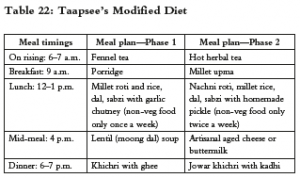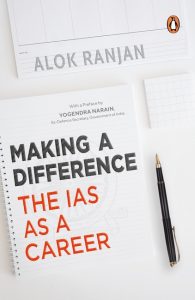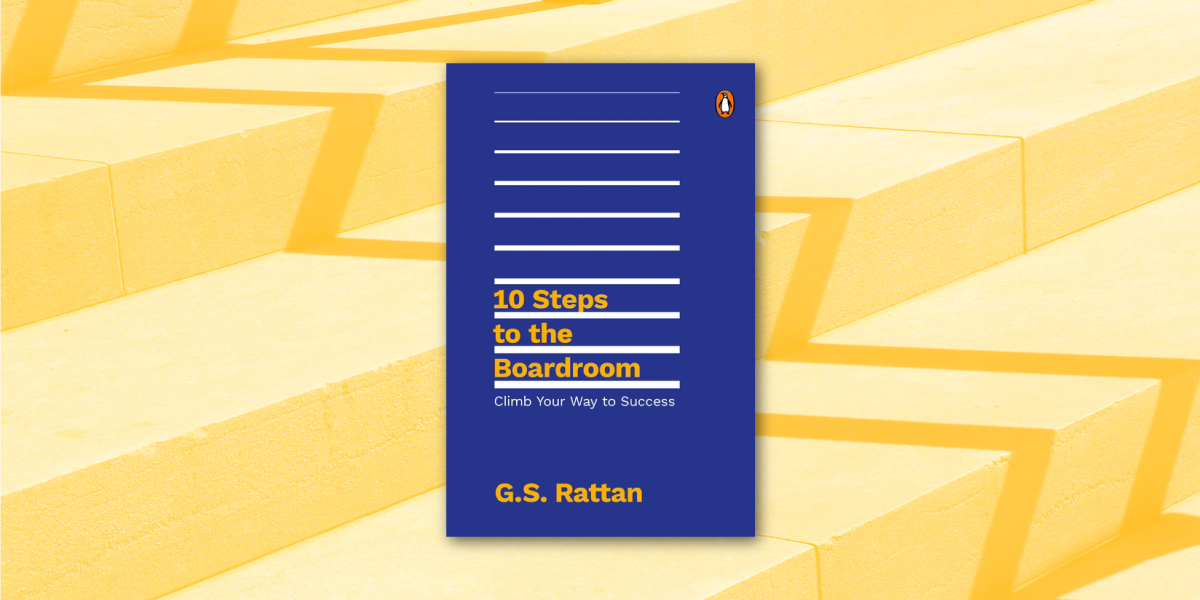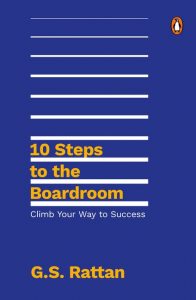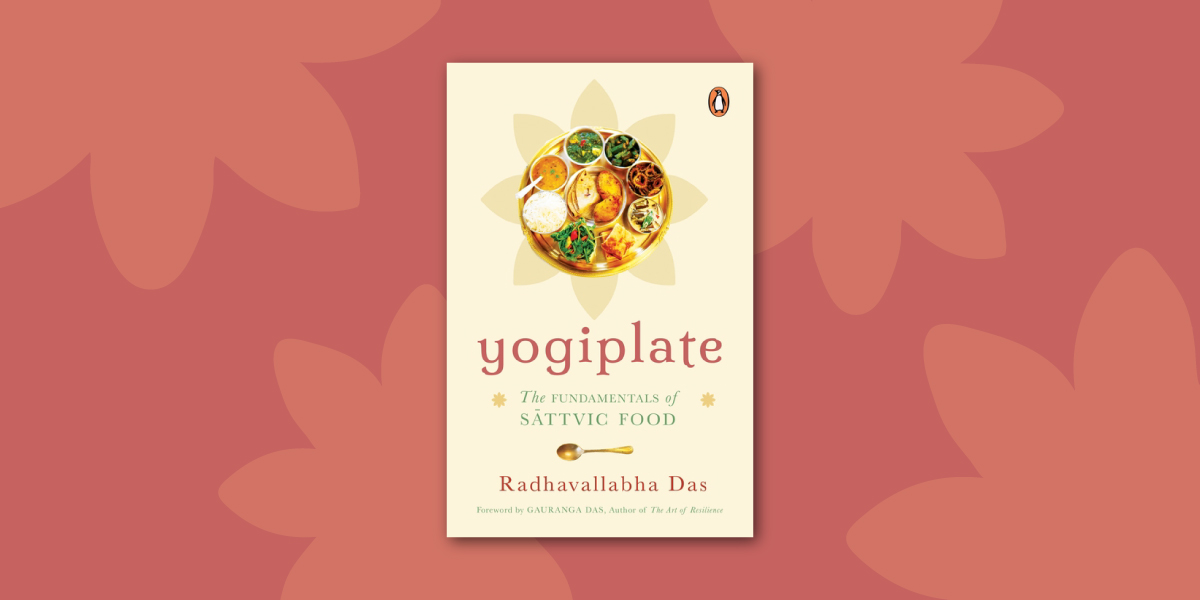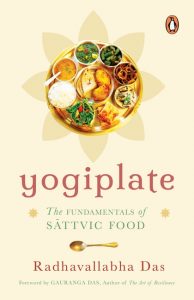
Winged horses, tusked fish, shape-shifting snakes . . . Bovines that provide endlessly, raptors that devour senselessly. Some so colossal they block the sun, others so infinitesimal they defy vision. No myth is complete without its fabulous creatures, divine or demonic.
While exploring India’s many mythologies, Mudita and Adittya’s Mythonama introduces us to an array of animals, somewhat familiar in appearance yet incredible in ability.
Here are some excerpts from the book.
*
Krishna displays the fabulous Navagunjara (‘nine beings’) avatar to Arjuna, in an episode from the fifteenth century Sarala Mahabharata, composed in Odia by Sarala Dasa.

This cannot be an earthly creature, thought Arjuna, instinctively reaching for his bow. What stood before him was unseen, unheard of. A rooster’s head on a peacock’s neck; a bull’s hump on a lion’s torso; legs of a deer, tiger, elephant; a serpent’s tail; and a human hand holding a lotus—nine beings in one fantabulous form . . . Could it be divine? It is believed to be Krishna manifesting spectacularly to either reward Arjuna for completing his penance on Manibhadra Hill or, an eco-sensitive interpretation, to prevent him from razing Khandavaprastha to the ground. Realizing that a creature may not exist in human imagination but surely in god’s creation, Arjuna bows to the infinite wisdom of the universe.

BURAQ was the noble white steed of lightning speed, who effortlessly carried the Prophet ﷺ from Mecca to Jerusalem to heaven. A creature of lore, she appears in various artworks with a woman’s head, radiant mane, gem-laden crown, eagle’s wings, peacock’s tail and bejewelled throat. Some believe that the Prophet ﷺ climbed to heaven on a glittering ladder, having fastened Buraq to a wall. Today, we know it as the Buraq Wall or Wailing Wall.

MARDYKHOR (manticore) was a man-eating monster with a scarlet lion-like body, a human face with blue-grey eyes, triple rows of razor-sharp teeth, a scorpion’s tail with spikes it shot (and promptly regrew) and impenetrable hide. It hid in tall grasses, lured men (even three at a time) with its flute- or trumpet-like crooning, paralysed them with toxic stings and devoured them whole, bones, clothes and all. It moved faster than anything and could kill anything except elephants. Creepy!

RE’EM was a Biblical unicorn, or perhaps an aurochs or rhinoceros because—horn. It was strong, swift, agile, untameable and possibly untrustworthy because—pride. One touch of its horn could detox and sweeten any water. Jews believe it dwarfed mountains and dammed the Jordan with its, erm, dung. It couldn’t fit in Noah’s Ark, so it was tied by its horn, allowing it to swim along and poke its mouth in to breathe and feed.

SIMURGH was a benevolent bird deity with a canine head, lion’s claws, often a human face, peacock plumage, healing feathers and copper wings so strong it could carry a whale. It lived atop Saena, the Tree of All Seeds. When it took flight, the branches shuddered and sent millions of seeds across the world, creating life. It lived for 1700 years—witnessing the world’s destruction thrice and gaining endless wisdom—before diving, Phoenix-like, into flames.
**
Read in detail by getting your copy of Mythonama from a bookstore near you or by ordering online.








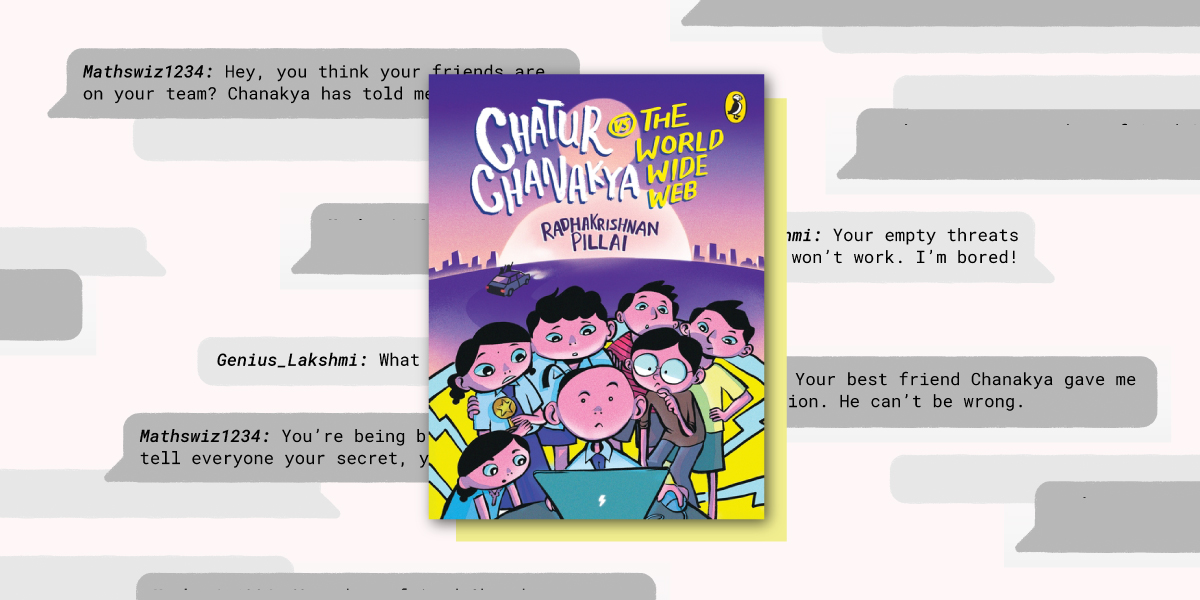
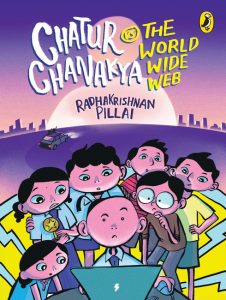

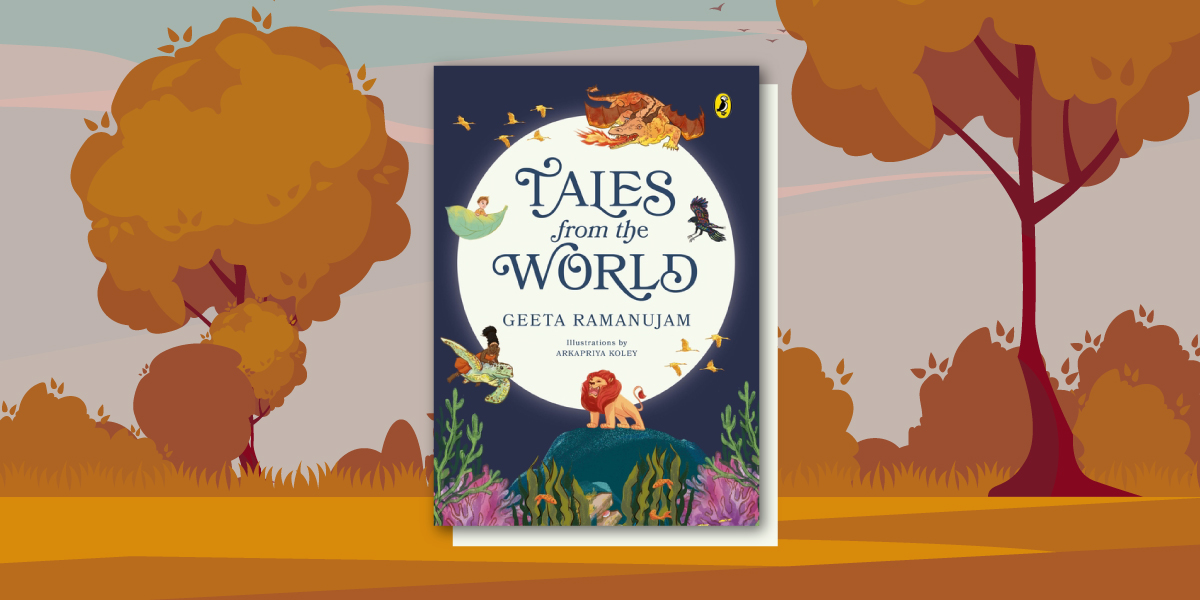

 that he’d be triumphant. He emerged from his home at midnight, his beautiful colours lighting up the night sky. He’d crafted a coach with diamonds, which was drawn by a thousand white horses. He wore a rainbow cloak and a crown made of gems from the sea. Behind him was another coach filled with gold, silver, pearls and gifts for Lindu. He looked radiant as he left an indigo, purple, blue and pink trail across the sky on his way to Uko’s palace.
that he’d be triumphant. He emerged from his home at midnight, his beautiful colours lighting up the night sky. He’d crafted a coach with diamonds, which was drawn by a thousand white horses. He wore a rainbow cloak and a crown made of gems from the sea. Behind him was another coach filled with gold, silver, pearls and gifts for Lindu. He looked radiant as he left an indigo, purple, blue and pink trail across the sky on his way to Uko’s palace. ‘Lindu,’ he called out, ‘if you marry me, you will not have to follow me like a shadow. You will not have to travel the same path as the others. You can set out anytime you wish and rest when it pleases you. Would you like to be my bride?’ He bent down on his knees to ask for Lindu’s hand.
‘Lindu,’ he called out, ‘if you marry me, you will not have to follow me like a shadow. You will not have to travel the same path as the others. You can set out anytime you wish and rest when it pleases you. Would you like to be my bride?’ He bent down on his knees to ask for Lindu’s hand.


